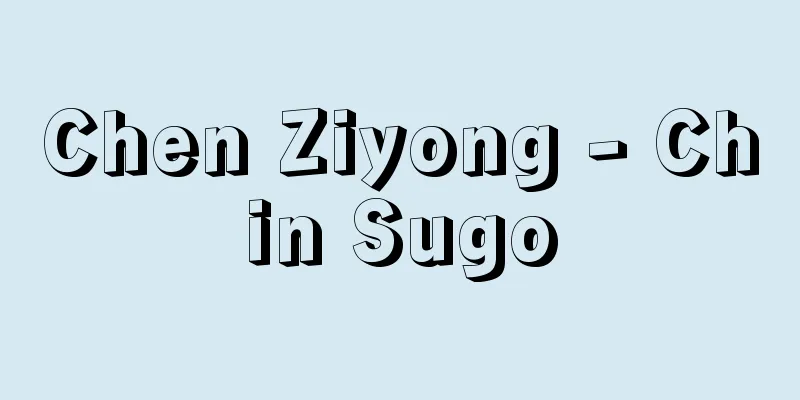Wang Meng

|
A Chinese painter from the late Yuan Dynasty. He is known as one of the four great painters of the late Yuan Dynasty along with Huang Gongwang, Wu Zhen, and Ni Zan, and is one of the masters of Southern School painting. His pen name was Shuming, his pen name was Huang He Shan Qiao, and he was also known as Xiang Guang Jushi. He was from Huzhou (Wuxing County, Zhejiang Province) and was the grandson of Zhao Mengfu (Zi Ang). He initially held an official position, but due to war unrest he retired to Huangheshan (northeast of Hangzhou, Zhejiang Province) for about 30 years. Around the beginning of the Hongwu era of the Ming Dynasty (1368), he resumed his government service and became the prefect of Tai'an Prefecture (Tai'an, Shandong Province). However, he was caught up in a rebellion led by Hu Weiyong and died in prison at the age of 78. In his painting, he was initially influenced by his maternal grandfather Zhao Zi'ang, but later he sought inspiration from Wang Wei, Dong Yuan, and Ju Ran. His style is characterized by grandiose, lofty landscapes, with mountains rising up through repeated, minute wrinkles, and detailed depictions of people and houses. Wang Meng's landscape paintings, which show a style in contrast to Ni Zan's, are a typical example of Southern School painting and had a great influence on later painters of the Ming and Qing dynasties. [Shinya Hoshiyama] Late Yuan Dynasty (around 1367) Artwork section 67.9 x 34.3 cm, owned by the Metropolitan Museum of Art Wang Meng's "Diamond Cliff and the Green Tank" Source: Shogakukan Encyclopedia Nipponica About Encyclopedia Nipponica Information | Legend |
|
中国、元代末期の画家。黄公望(こうこうぼう)、呉鎮(ごちん)、倪瓚(げいさん)とともに元末の四大家と称され、南宗画(なんしゅうが)大成者の一人。字(あざな)は叔明(叔銘)、号は黄鶴山樵(こうかくさんしょう)、別に香光居士とも号す。湖州(浙江(せっこう)省呉興県)の人で、趙孟頫(ちょうもうふ)(子昂(すごう))の外孫。初め官職についたが、兵乱にあって黄鶴山(浙江省杭州(こうしゅう)市北東)におよそ30年間隠居し、明(みん)の洪武(こうぶ)初年(1368)ごろに至り仕官し、泰安州(山東省泰安市)の知州となったが、胡維庸(こいよう)の謀反事件に巻き込まれて78歳で獄死した。 画事は初め外祖父趙子昂の影響下にあったが、のちには範を王維、董源(とうげん)、巨然(きょねん)に求めた。その画風は壮大な高遠山水で、細密な皴(しわ)を執拗(しつよう)に重ねて上昇する山岳を表し、人物や家屋の細緻(さいち)な描写を特色とする。倪瓚(げいさん)とは対照的な作風を示す王蒙の山水画は、南宗画の一典型として、後世の明清(みんしん)時代の画家に多くの影響を与えた。 [星山晋也] 元代後期(1367年ころ) 作品部67.9×34.3cmメトロポリタン美術館所蔵"> 王蒙『丹崖翠壑図』 出典 小学館 日本大百科全書(ニッポニカ)日本大百科全書(ニッポニカ)について 情報 | 凡例 |
<<: Wang Mò (English spelling)
Recommend
Pyrosulfuric acid; disulfuric acid
Chemical formula: H 2 S 2 O 7 . Also known as pyro...
Pihkala, L. (English spelling) PihkalaL
…It is also called Finnish baseball. After the 19...
Flower beetle (flower diving) - Flower beetle (English spelling) Cetonia pilifera
An insect of the family Scarabaeidae in the order ...
Three Lives Theory - Sanmeisetsu
A Chinese theory that says there are three types o...
Bodjani
…In Serbia, under the Ottoman Empire, the traditi...
Greeting behavior - Greeting behavior
… Greeting expressions are further divided into v...
LP insulators - LP insulators
…In the early days of power transmission, pin ins...
Itatsuke - Itatsuke
...They come in a variety of sizes, but are usual...
Phosphorescence
P. An element with atomic number 15. It is in gro...
Sports Heart
A cardiac condition seen in people who engage in s...
Ikunebumon - Ikunebumon
...The Egyptian mongoose has a lifespan of over 2...
Berlin, B. (English spelling) BerlinB
…It seems certain that the meaning of the same wo...
Okuma Finance
The financial policies promoted by Okuma Shigenob...
Abbas Mirza (English spelling)
1789‐1833 The second son of Fatah Ali Shah, the se...
Diminishing returns to scale
...This means that when the input of land as a pr...

![Dan Tran (English spelling) Dan Tranh [Vietnam]](/upload/images/67cc2a2f7077b.webp)







